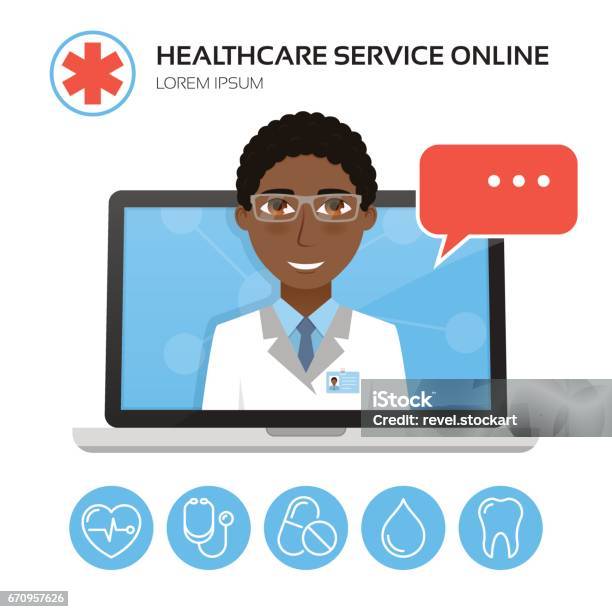Unlocking the Keys of Subscription Based Healthcare for Better Patient Outcomes
Unlocking the Keys of Subscription Based Healthcare for Better Patient Outcomes
Blog Article
The Increase of Subscription-Based Medical Care and Its Influence on Client Treatment
As healthcare advances, the subscription-based design is acquiring traction, guaranteeing to transform client care by using predictability and availability. These models, which bypass traditional insurance policy, can redefine the patient-doctor dynamic, stressing customized and preventive treatment. As with any development, they present difficulties, specifically concerning equitable gain access to for all socioeconomic groups. The possibility for these designs to reshape health care shipment elevates pushing questions about their long-lasting sustainability and inclusivity. Are these subscription solutions the future of healthcare, or do they risk leaving susceptible populations behind? The complexities of this change warrant a more detailed exam.
Understanding Registration Medical Care Models
Understanding the principle of registration medical care versions entails examining a transformative technique to clinical solutions that emphasizes affordability and ease of access. These designs, commonly described as straight health care (DPC) or attendant medicine, have become cutting-edge choices to standard fee-for-service health care systems. Registration health care allows people to pay a set month-to-month or annual fee for a specified collection of clinical solutions, which might consist of endless office gos to, regular exams, and basic lab tests, without the demand for conventional insurance policy billing.
The framework of registration medical care models is created to simplify client treatment by eliminating third-party payers and complicated payment codes, thereby minimizing administrative concerns. Health care companies can focus more on individual treatment, cultivating stronger patient-provider relationships. This model additionally promotes preventative care by motivating routine check outs, as the economic barrier of per-visit fees is removed.
The membership version often encourages medical care suppliers to take care of smaller sized person panels, allowing for more customized care. It aligns financial motivations with client health and wellness results, as providers are motivated to maintain patient fulfillment and well-being. Overall, recognizing registration health care models requires acknowledging their potential to improve just how treatment is supplied and accessed.
Advantages for Providers and people

For companies, subscription-based models supply the opportunity to grow patient-provider relationships. With a steady profits stream, healthcare specialists can devote more time per patient, bring about a more thorough and customized care experience. This design additionally minimizes dependence above individual volumes, alleviating fatigue and boosting job complete satisfaction. The emphasis on precautionary treatment within subscription plans can lead to much better person outcomes and reduced lasting medical care expenses. By concentrating on constant treatment, service providers can deal with issues before they rise, inevitably benefiting the healthcare system as a whole by reducing the problem on emergency and severe treatment services.
Problems and challenges
While subscription-based medical care designs existing numerous advantages, they also include a collection of obstacles and issues that need to be addressed. Initially, availability stays a significant problem, as these versions typically target people who can pay for month-to-month fees, potentially omitting low-income populations. This raises honest concerns regarding fair accessibility to health care services. In addition, the varied nature of subscription plans can lead to confusion amongst clients regarding protection specifics, possibly causing unmet assumptions or inadequate treatment.
Financial sustainability of More about the author subscription-based designs is one more concern. Companies need to balance the fixed income from registrations with the variable expenses of medical care solutions, which might rise and fall as a result of unpredicted clinical demands. This can develop stress to restrict solutions or boost fees, possibly influencing client fulfillment and care quality.
Additionally, regulatory oversight of subscription-based healthcare versions is still developing. The lack of standardized frameworks can lead to irregular solution top quality and accountability, complicating initiatives to make sure client security. Finally, the integration of modern technology-- typically a foundation of these models-- elevates questions regarding data personal privacy and safety and security, as sensitive person info could be susceptible to breaches. Dealing with these challenges is critical for the equitable and effective application of subscription-based medical care.
Effect on Patient-Doctor Relationships
One significant effect of subscription-based medical care models on patient-doctor relationships is the capacity for improved connection and individualized treatment. By taking on a registration design, doctors can take care of a smaller person panel, allowing for even more specialized time with each person. This raised schedule cultivates a deeper understanding of a client's case history, way of living, and preferences, making it possible for more tailored treatment strategies and interventions.

However, it is necessary to recognize that while subscription-based versions may profit those that can manage them, they might inadvertently widen health care differences. Clients who are incapable to participate in these models might experience lower access to personalized treatment, potentially impacting their partnerships with medical care providers. Hence, while the membership version offers promising benefits for patient-doctor relationships, it also poses difficulties that need to be resolved to make certain equitable medical care gain access to.
Future of Health Care Access
The role of innovation can not be forgotten in this change. Telemedicine platforms and electronic health and wellness documents promote smooth interaction between clients and doctor, damaging down geographical and logistical obstacles. In addition, advancements in synthetic intelligence and data analytics can additionally customize healthcare by predicting patient needs and optimizing therapy strategies.
Nevertheless, the future of health care accessibility additionally presents difficulties, such as making sure equity across various socio-economic teams. Policymakers and health care carriers must team up to link the electronic divide, making certain that subscription-based versions stay inclusive and cost effective. As these systems develop, they hold the guarantee of making medical care a lot more easily accessible, efficient, and patient-centric.
Final Thought
Subscription-based medical care versions are improving patient care by offering a secure price framework and boosting availability. The rise of subscription-based health care urges proactive client involvement, which has the possible to improve individual results and satisfaction, signaling a transformative change in healthcare delivery.
As medical care develops, the subscription-based design is getting grip, guaranteeing to revolutionize client care by offering predictability and ease of access.Subscription-based medical care designs use distinct advantages official statement for both clients and carriers, enhancing the total health care experience.As health care systems progress, the future of health care accessibility frequently pivots on the combination of ingenious designs and innovations.Subscription-based health care models are improving patient care by giving a steady cost structure and enhancing accessibility. The surge of subscription-based health care urges positive patient involvement, which has the possible to enhance client end results and contentment, indicating a transformative shift in healthcare shipment.
Report this page